Importance of Bidi Pigs With Gauging Plate in Pipeline Maintenance
Bidi pigs with gauging plates play a crucial role in pipeline maintenance. Firstly, they provide accurate internal diameter measurements. This ensures pipelines meet safety and operational standards. Additionally, they detect imperfections like dents, corrosion, and blockages effectively. As a result, operators can address these issues promptly, preventing costly repairs.
Moreover, these tools enhance the overall efficiency of maintenance operations. They allow for simultaneous cleaning and inspection. Consequently, this dual functionality reduces downtime and operational costs. Bidi pigs with gauging plates also adapt to bidirectional travel. Therefore, they offer more flexibility in varied pipeline layouts.
Furthermore, their use minimizes the need for external excavations or inspections. This leads to less environmental impact and disturbance. Continuous data collection by these pigs aids in predictive maintenance strategies. Thus, operators can plan maintenance based on actual pipeline conditions rather than on schedules alone.
Overview of Pipeline Inspection and Maintenance
Pipeline inspection and maintenance are critical components in the management of oil, gas, and other fluid transport systems. These activities ensure that pipelines operate efficiently, safely, and in compliance with environmental standards. Regular inspections help to identify potential issues such as corrosion, blockages, and wear and tear that could lead to pipeline failure if not addressed.
Inspection Techniques: Various technologies and methods are used for pipeline inspection. These include inline inspection tools like pigs—which can be equipped with sensors to collect data about the condition of the pipeline interior. Other methods involve the use of ultrasonic testing, magnetic flux leakage, and visual inspections.
Maintenance Practices: Once inspection data is collected and analyzed, maintenance can be planned and executed. This might involve cleaning, repairing, or replacing sections of the pipeline, or adjusting operational practices to extend the life of the pipeline system.
Importance of Regular Inspection and Maintenance: Regular maintenance is crucial not only for the safety and operational efficiency of pipelines but also for environmental protection. Early detection of leaks and defects allows for timely repairs, thus preventing accidents and environmental damage.
This proactive approach to pipeline management helps ensure that energy and other vital resources are transported efficiently and safely, minimizing downtime and maximizing the lifespan of the infrastructure.
Introduction to Gauging Plates
Gauging plates are essential tools used in the pipeline industry to ensure the integrity and safe operation of pipelines. These devices are specifically designed to measure and verify the internal diameter of a pipeline, helping to detect anomalies such as deformations, obstructions, or damage that could compromise the pipeline’s structural integrity.
The Purpose of Gauging Plates
Gauging plates are typically used during the construction and maintenance phases of pipeline management. Their primary role is to act as a preventative measure, ensuring that pipelines are free from any internal inconsistencies that could lead to operational failures. By confirming that the internal diameter of the pipeline meets specified dimensions, gauging plates help in certifying pipeline readiness for operation or continued use.
How Gauging Plates Work
A gauging plate is often attached to a pig—a device sent through the pipeline—and is made to match the exact diameter of the pipeline. As the pig travels through, the gauging plate encounters any restrictions or reductions in diameter. The resistance or difficulty in moving past these points indicates the presence of potential issues.
Importance in Pipeline Safety and Efficiency
The use of gauging plates is crucial for maintaining pipeline safety and efficiency. By detecting diameter restrictions and other internal irregularities, these tools help prevent pipeline failures that could result in environmental hazards, operational downtime, and costly repairs. Gauging plates are thus vital in ensuring that pipelines are constructed to the highest standards of quality and are maintained in optimal condition throughout their operational life.
Specifications of Bidi Pigs With Gauging Plate
| نام | خوک های بیدی با صفحه اندازه گیری |
| مواد | 1. steel framework main body. |
| 2. The disc material used to be Polyurethane, Viton, Neoprene, Nitrile butadiene etc. | |
| 3. مواد فنجان قبلا پلی اورتان ، ویتون ، نئوپرن ، نیتریل بوتادین و غیره بود. | |
| 4. برس فولادی یا برس نایلونی. | |
| ویژگی | 1. Firstly, good wearing resistance. |
| 2. Secondly, strong passing ability. | |
| 3. عملکرد تمیز کردن خوب. | |
| 4. سپس مکان و ردیابی دقیق. | |
| 5. در نهایت، میزان پایین مثبت کاذب. | |
| روش بسته بندی | پیگ های تمیز کننده لوله بسته بندی شده با فیلم پلاستیکی داخلی و جعبه چوبی تخته سه لا بیرونی. |
| پرداخت | TT/LC |
| مزایای | 1. اولا، عملکرد آب بندی خوب. |
| 2. ثانیا، مقاومت در برابر سایش بالا. |
| Polyurethane material specification: | ||
| نه. | Factory inspection main indicators | Cup/DISC |
| 1 | 20℃Hardness(SHORE A) | 85±2 |
| 2 | Tensile strength (MPa) | 51.7 |
| 3 | 100%stress at definite elongation (MPa) | 4.8 |
| 4 | 300%stress at definite elongation (MPa) | 9.2 |
| 5 | Tensile set (%) | 780 |
| 6 | Tear strength (KN/m) | 73 |
| 7 | Impact resilience (%) | 32 |
| 8 | DIN abrasion (mm²) | 35 |
نتیجه
Bidi pigs with gauging plates are essential for superior pipeline integrity. They provide precise measurements and detect flaws efficiently, safeguarding against potential failures. Consequently, adopting these advanced inspection methods is crucial for maintaining robust pipeline health. By integrating bidi pigs with gauging plates, companies can ensure continuous, reliable service. Embrace this innovative approach to protect your assets and optimize performance. Choose advanced pipeline inspection today for a safer tomorrow.


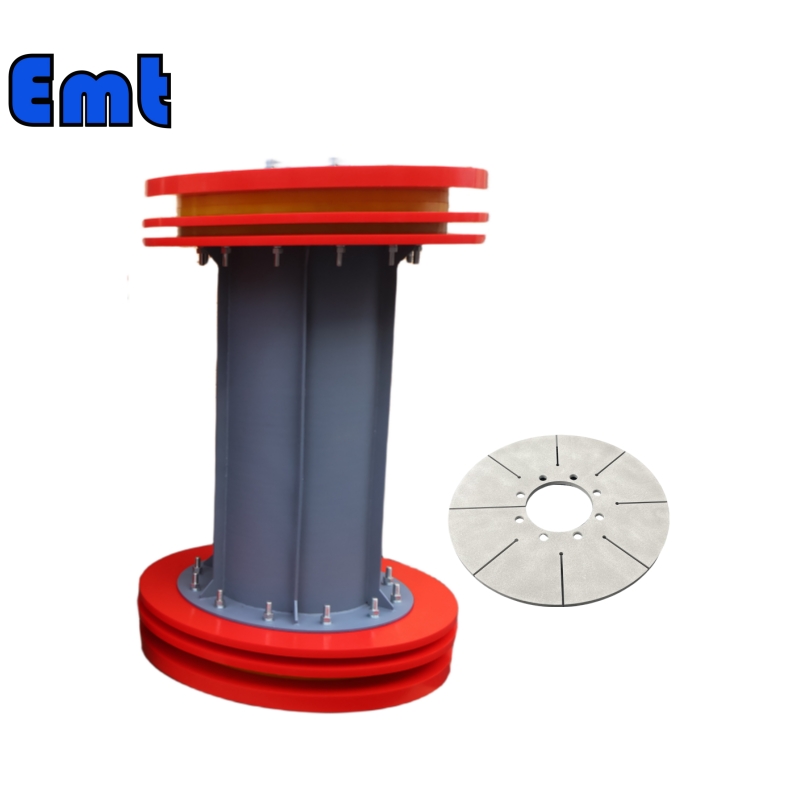
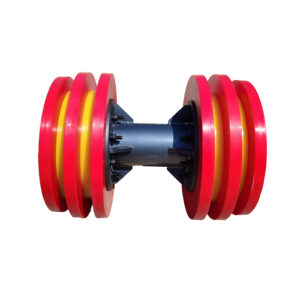
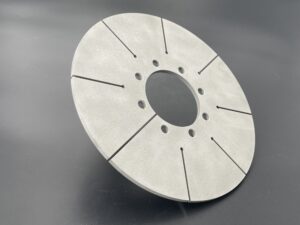
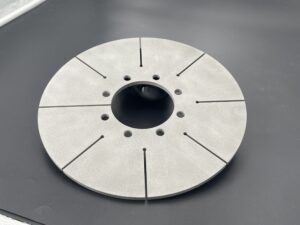
-300x300.jpg)
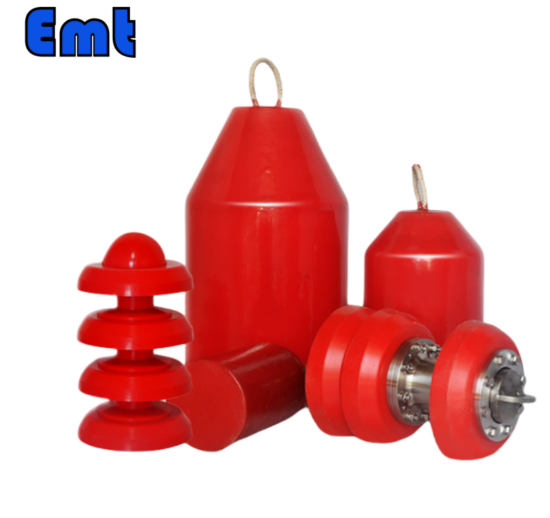
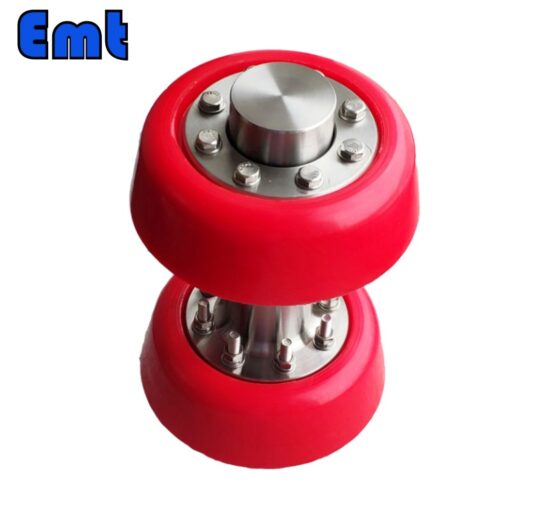
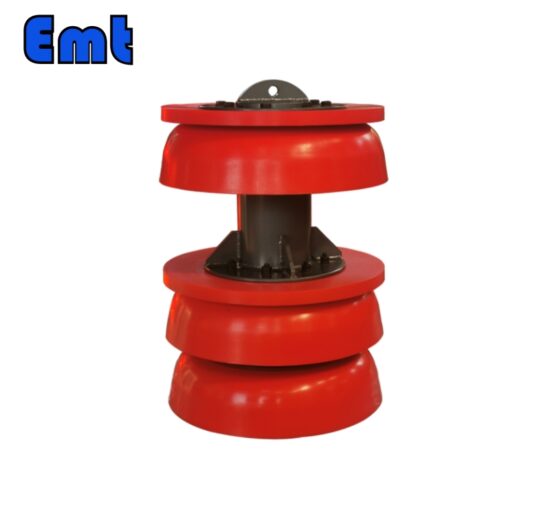
هنوز هیچ بررسی وجود ندارد.